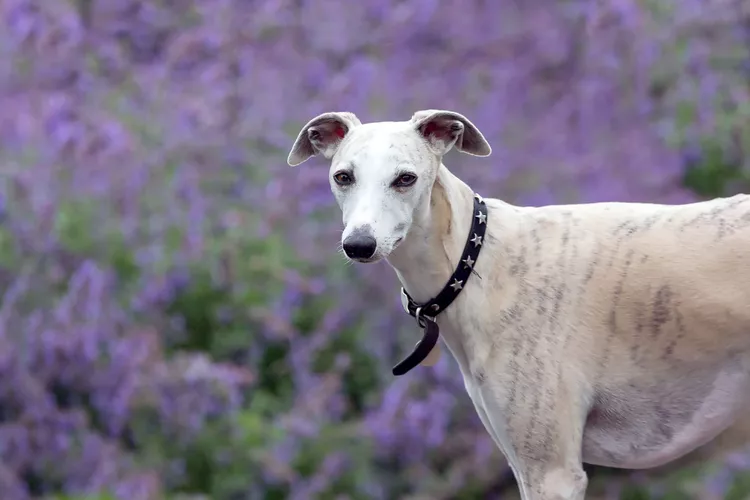Is catnip for dogs safe? Yes! If your dog sneaks into the cat’s toy box and gets a taste of catnip, there’s nothing to worry about. The plant shouldn’t bother your pup unless they gobble down a lot of it.
Catnip, an herb in the mint family, is notorious for its effect on our feline friends. Cats on catnip can have a range of reactions, from completely loopy to slightly agitated to totally mellow. It may also have a calming effect on some dogs, making it helpful in stressful situations.
We spoke with a veterinarian to learn about catnip for dogs, including how it affects them and how to give it safely.
Is Catnip Safe for Dogs?
Yes, catnip is generally safe for dogs, says Tina Wismer, DVM, MS, DABVT, the senior director of the ASPCA Animal Poison Control Center. She says fresh and dried catnip versions are both considered safe for dogs.
That said, if your dog chows down on a catnip plant, the essential oils might make them feel icky. “Plant material always has a small risk of causing stomach upset in pets,” she says. But there’s no real need to be concerned about a catnip plant growing in your garden. These perennials aren’t really something your dog will be attracted to, and it’s unlikely he’ll eat a lot and get sick.
38 Dog-Safe Plants, Shrubs, and Trees for Your Yard
How Does Catnip Affect Dogs?
Catnip may have a mild calming effect on some dogs, but it won’t alter their behavior the way it does for cats. Wismer says approximately 50–80% of cats over 12 weeks old are genetically inclined to react to a compound in catnip called nepetalactone.
“This compound binds to the vomeronasal organ of the cat, which is located in the back of their nose,” she says. “It’s normally associated with pheromones. The compound is similar to a female cat being in heat, and the cats’ ‘high’ on catnip exhibit those types of behaviors—and both male and female cats display these behaviors.”
Cats aren’t the only ones with vomeronasal organs. Dogs have them, too, plus more than 100 million scent receptors. But catnip doesn’t affect them like it does felines. “Since dogs don’t respond the same way to these pheromones, many have no response or may experience some mild sedation at most,” Wismer says.
purple flowering catnip; can your dog eat catnip
catnip leaves; can your dog eat catnip?
PHOTO: Alpamayo Photo / Getty
PHOTO: Lilli Bähr / EyeEm / Getty
Should You Give Catnip to Your Dog?
Interestingly, the mild sedative effect is one reason why some veterinarians recommend catnip for dogs. In holistic veterinary care, herbal medicines are an alternative that might be an effective form of treatment for some pups’ conditions or behavior.
A little catnip might be OK for dogs from time to time. It contains vitamins A and E, as well as magnesium, which some preliminary animal studies suggest has a calming effect on the brain.
When paired with positive reinforcement training, catnip could help if your pooch:
Is scared of thunder or other loud noises
Experiences anxiety
Has trouble sleeping
Isn’t a fan of road trips
How to Give Catnip to Dogs
So how do you safely give catnip to dogs? “Typically, it’s sprinkled over their food or given in capsules. It’s usually just given once before the ride or stressful situation,” Wismer says. You can also sprinkle catnip on a snuffle mat or a plush dog toy and offer it to your pup.
If they’re going to respond to it (and not all dogs do), they don’t require much: Animal Care Clinic recommends approximately 1/2 teaspoon.
If your pupper needs a little help sometimes to mellow out, talk with your veterinarian first. In addition to dog catnip, they might recommend calming supplements, dog pheromone products (Adaptil, for example), or an anti-anxiety medication such as fluoxetine or trazodone.
There is no dog version of catnip, but some dogs are stimulated by the smell of anise, or aniseed, a scent often used in nose work training. The spice (ground or whole) or its essential oil can be used in tiny amounts, but dogs should not eat it. Sprinkle a small amount of ground aniseed or put a drop of aniseed oil inside a sachet or on a plush toy. Watch your dog closely to monitor the effects.




